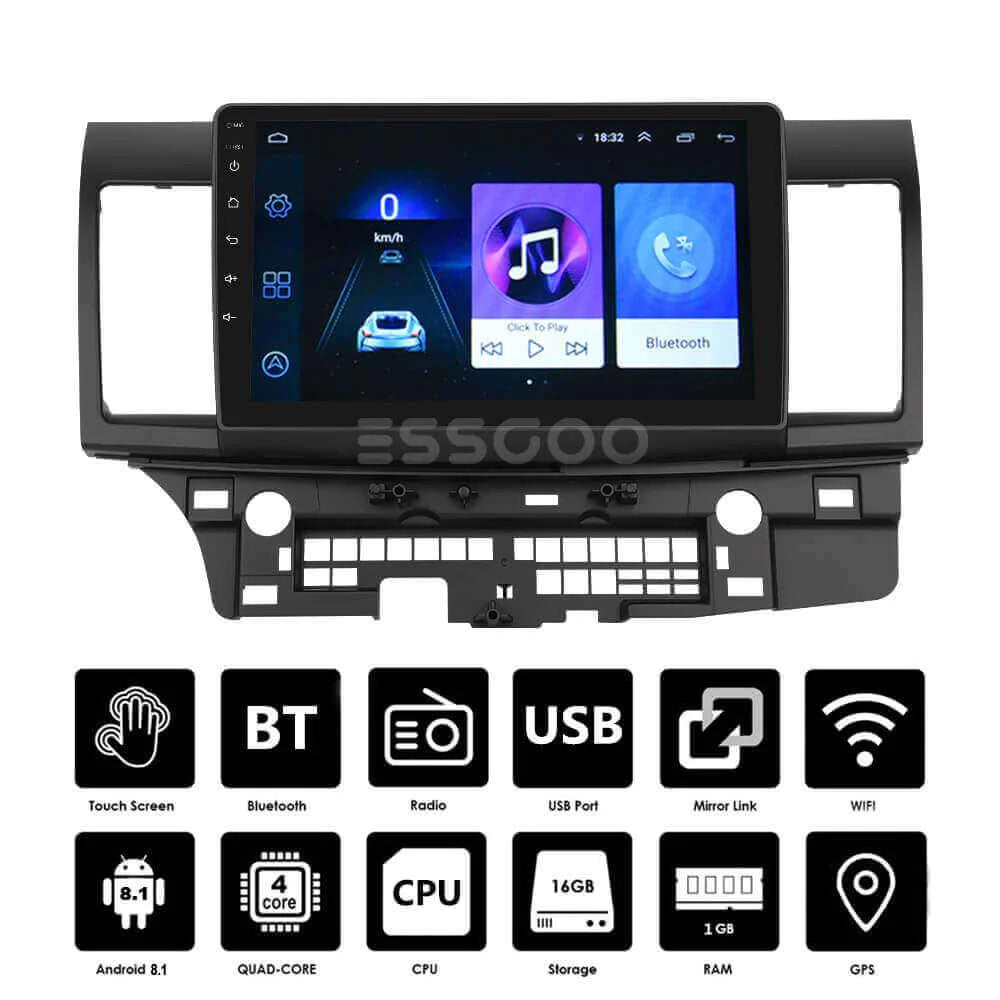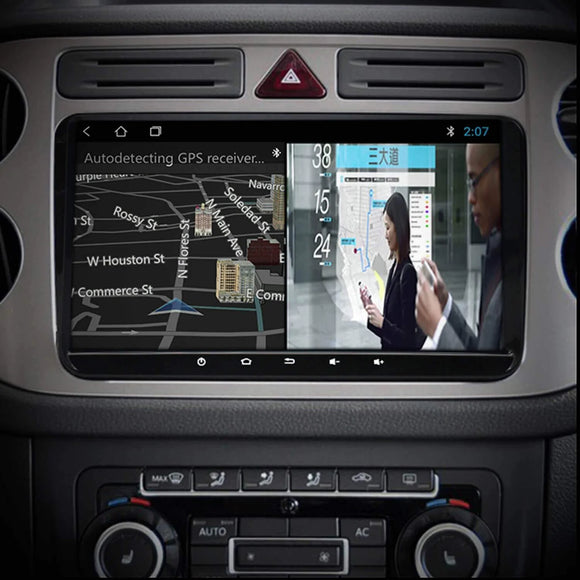
About Head Unit
23 comments
The phrase 'head unit' in a car audio system used to refer to a 'tape deck' or a CD player, but nowadays it may be an MP3 player, a cell phone capable of MP3 playing, or even a tablet computer. The typical CD player head unit has an amplifier that can drive speakers directly. If utilized without a conventional head unit, the usual MP3 player, cell phone, or tablet computer will have to drive an amplifier, which will drive the speakers. Although an MP3 player, mobile phone, or tablet computer may directly drive an amplifier (through the headphone connection),
They are frequently linked to the amplifier via a traditional head unit with auxiliary (aux) connections, specialized iPhone type inputs, USB data inputs, or a wireless Bluetooth connection.
A word on OEM head units...
If you're considering changing an OEM head unit, you should do your homework. Forums dedicated to the sort of car you own are a fantastic place to start. Some automobiles make use of the OEM head unit for a variety of purposes (chimes, alerts, On-Star, etc.). Most OEM functionality can generally be kept, but doing so costs $200 or more to the installation (kits, interfaces, manpower...). If you're going to have the new head unit installed rather than installing it yourself, understanding what your car will require will give you a bit more confidence that the salesman isn't attempting to take advantage of you.
Digital Media Receivers:
CDs were formerly the preferred medium, however that is no longer the case. Almost everyone nowadays prefers digital media (typically via a USB device, iPod, USB flash drive, etc.). Head unit manufacturers are increasingly offering head units without CD players. This is an excellent option for many folks. It's pointless to spend money on a CD player that you'll never use. Digital media receivers are available for far less than $100. Most under $100 feature built-in 4 channel amplifiers, 4 preamp outputs, multi-band equalizers, wireless remote controllers, and satellite or HD radio choices.
Power Input: Most head units have two power input ports that must be linked to a 12 volt power source. The 'battery' or'memory' wire must be linked to a consistent source of power (it must have electricity at all times, even when the ignition switch is turned off). The other power wire (the 'ignition' wire) is linked to a power source controlled by the ignition switch and hence has power only when the ignition switch is in the 'on' or 'acc' position.
The majority of the wiring on head units utilize standardized color designations. Because wires for specific features may not comply to any conventional color codes, you may need to consult the owner's handbook if the wires aren't labelled or otherwise indicated.The figure below depicts some of the wiring that are typically seen on aftermarket head units.
Speaker Level Outputs:
Most head units feature speaker level outputs capable of driving four speakers. The power output of a high power head unit is normally restricted by the available voltage, which is typically no more than 14v DC. This restricts the RMS power output per channel to around 20 watts (one 4 ohm speaker per channel).
In general, manufacturers that claim that their head units can output 30 or more watts of genuine power into 4 ohms are either misleading or lying to you. There are a few head units that employ ICs that can provide a bit more power since the IC can enhance the supply voltage, but these are uncommon. When looking at power ratings, only take into account those that are CEA-2006 compliant. The following is an excerpt from an Alpine owner's handbook.
CDE-136BT. The Alpine website indicates that the 'MAX' power is 50x4, which is deceptive since that is all they provide for power ratings. Reading through all of the specs reveals that the CEA-2006 compliance rating is 18x4 at 14.4v DC.



commentaires (23)
555
555
555
555
555
20
20
20
555
555